"traditional Chinese Medicine Culture" talking about synovial sac mycoplasma from the point of view of traditional Chinese medicine
TCM syndrome differentiation of synovial sac mycoplasma
Synovial fluid sac mycoplasma disease, also known as chicken infectious synovitis, the typical symptoms are swelling, lameness, and even deformation of the tarsal and metatarsal joints; chronic cases can see the chest keel induration, and then soften into a thoracic cyst. Large blisters appeared in the subcutaneous keel of the chest, and light yellow and clear jelly-like mucus could be seen in the early sick chickens, and then gradually turned into a turbid and sticky cheese-like yellow-white exudate in the synovial sac of the sternum and the synovial sac of the tendon sheath around the tarsus.
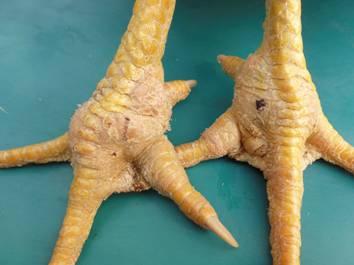
Syndrome differentiation of traditional Chinese medicine
The liquid of water and dampness, from bottom to top, is transported to the whole body under the promotion of Yang Qi, so the factors that affect the function of Yang Qi transport can induce the occurrence of this disease, so cold and dampness become the main culprit. Liver, spleen and kidney, lower, responsible for upward distribution of water-dampness, liver and kidney deficiency, water-dampness invading, so rheumatism is all related to the abnormal function of liver, spleen and kidney.
It belongs to the dampness evil disease of exogenous disease, which mainly invades the center area of the body (that is, the accumulation area of water and dampness) and the joint area (that is, the gap area where the body can invade). The distribution of water and fluid in the body is uneven, and it is easy to gather in places with gaps and low potential. The characteristic of water is to flow downwards, while the lowest part of the chicken body has sternum and joints, which are the places where excess water stagnates. Depression turns into heat and gradually turns into cheese-like phlegm.
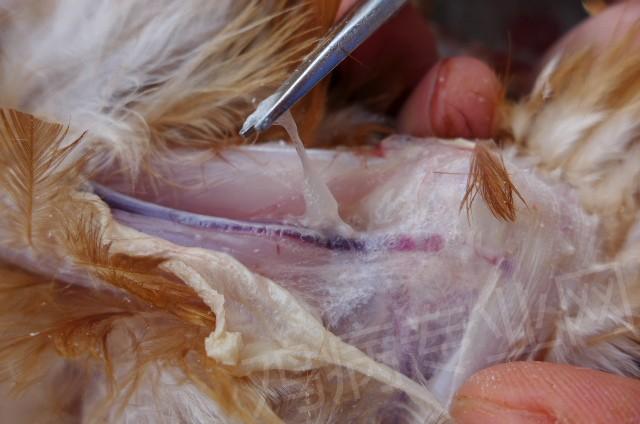
Treatment:
First of all, water by water, and then regulate the balance of water-liquid metabolism.
My method of learning traditional Chinese medicine is to combine the phenomena of nature. Compared with the phenomena of the body, it is easier to understand. How the water in nature circulates, how the water in the body circulates, such as the earth rises to clouds, the weather drops to rain, and the body achieves both water and fire. If there is too much water, it must be water imbalance, so think of ways to treat the excess water, such as dredging, melting, dryness, heat and so on. The four qi and five flavors of medicine can also be used in the body to simulate the methods of nature, so as to achieve the result of water treatment.
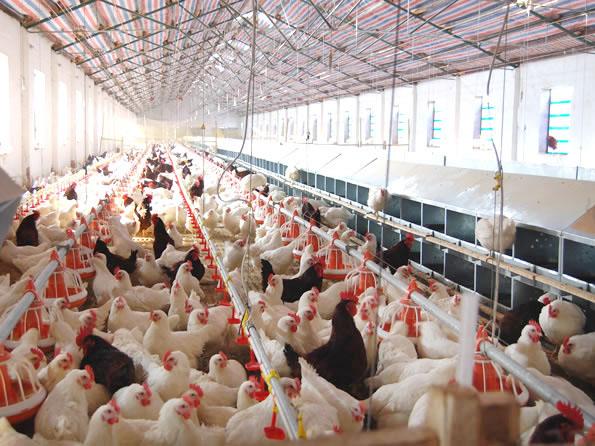
Evaporation: dried ginger and aconite are both pungent and hot products, both can warm and dissipate cold, together can treat yin and cold inside Sheng, spleen yang is not vibrant.
Dryness and dampness: Atractylodes macrocephala is used for dampness retention, phlegm and edema. Zhi Han Yin can be compatible with Poria cocos and cinnamon twigs, and edema is often used with Poria cocos skin and belly skin.
Dampness: patchouli and Peran often appear in my prescription at the same time. The two drugs represent aromatic dampness and have the effect of promoting the dampness of Sanjiao.
Dredging: Poria cocos and Rhizoma Alismatis are both light and smooth, and they are combined to enhance the effect of wetting and diuresis.
Learn more about traditional Chinese medicine breeding and follow us.
- Prev
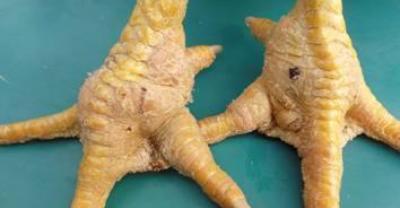
Harm and fermentation treatment of livestock and poultry manure
The regulations on pollution Prevention and Control of Livestock and Poultry farming adopted by the 26th Executive meeting of the State Council on October 8, 2013 clearly stipulates that the state supports and encourages the return of manure to the fields.
- Next
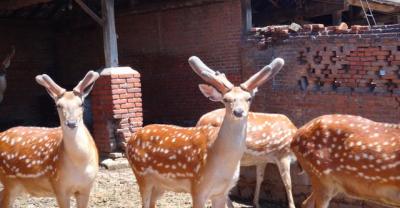
What are the advantages and disadvantages of silage corn and non-silage corn farming?
With the continuous expansion of herbivorous livestock breeding scale such as cattle and sheep, at present, the application of silage in pigs has also received attention from the industry.
Related
- On the eggshell is a badge full of pride. British Poultry Egg Market and Consumer observation
- British study: 72% of Britons are willing to buy native eggs raised by insects
- Guidelines for friendly egg production revised the increase of space in chicken sheds can not be forced to change feathers and lay eggs.
- Risk of delay in customs clearance Australia suspends lobster exports to China
- Pig semen-the Vector of virus Transmission (4)
- Pig semen-the Vector of virus Transmission (3)
- Five common causes of difficult control of classical swine fever in clinic and their countermeasures
- Foot-and-mouth disease is the most effective way to prevent it!
- PED is the number one killer of piglets and has to be guarded against in autumn and winter.
- What is "yellow fat pig"? Have you ever heard the pig collector talk about "yellow fat pig"?

